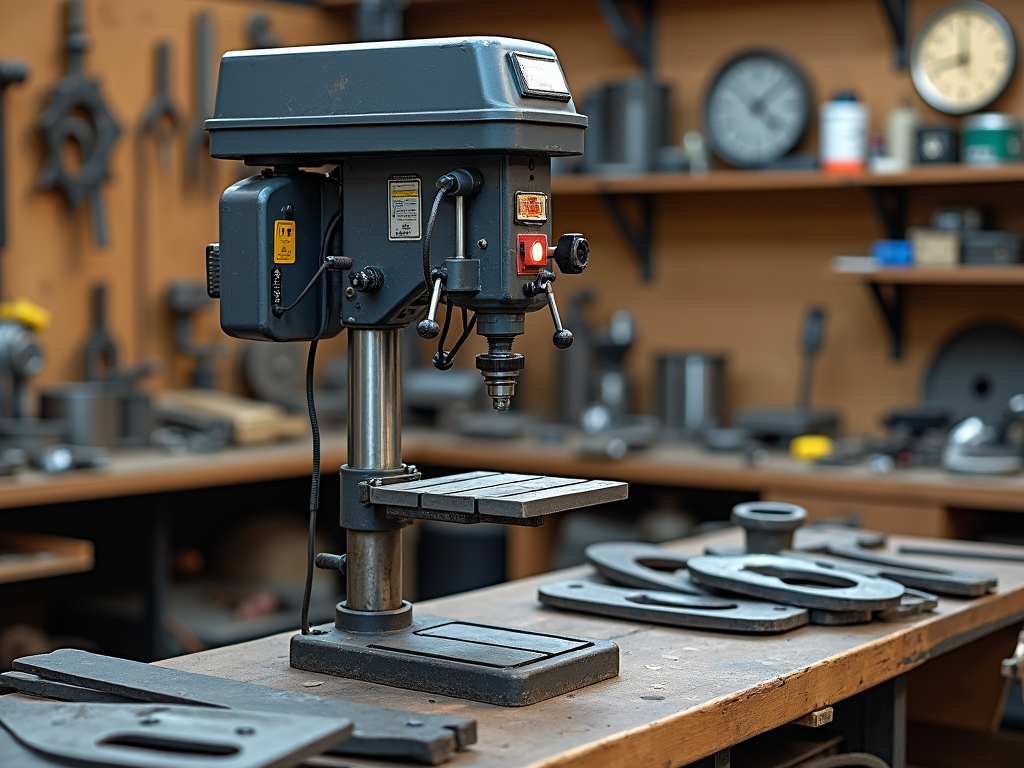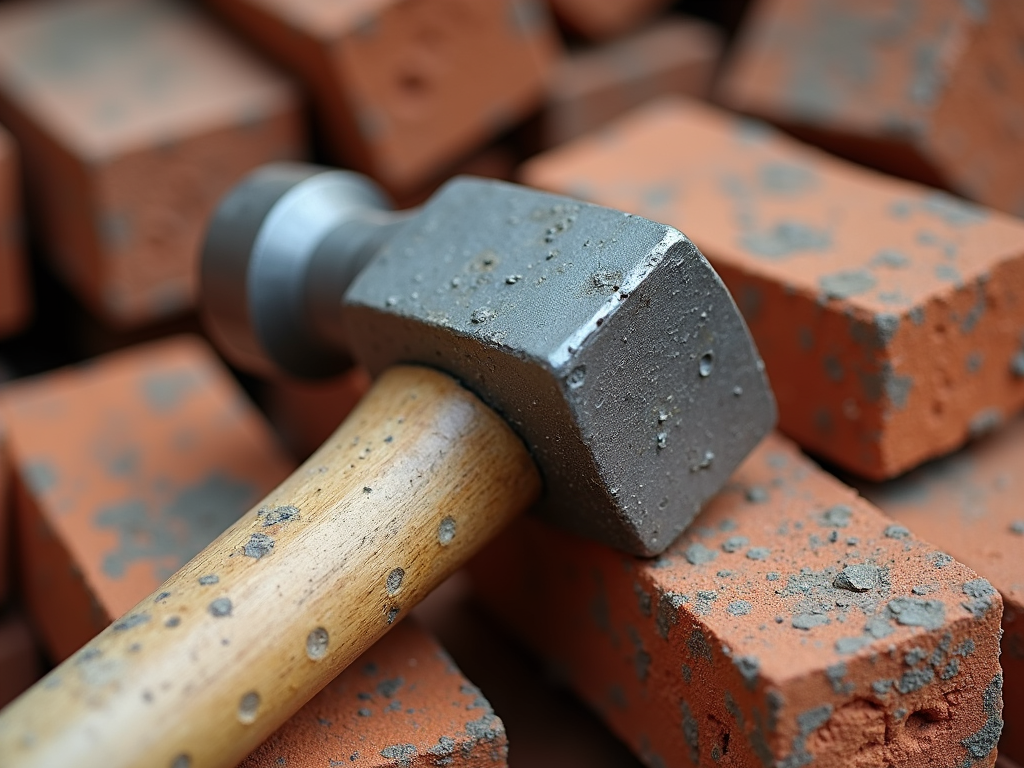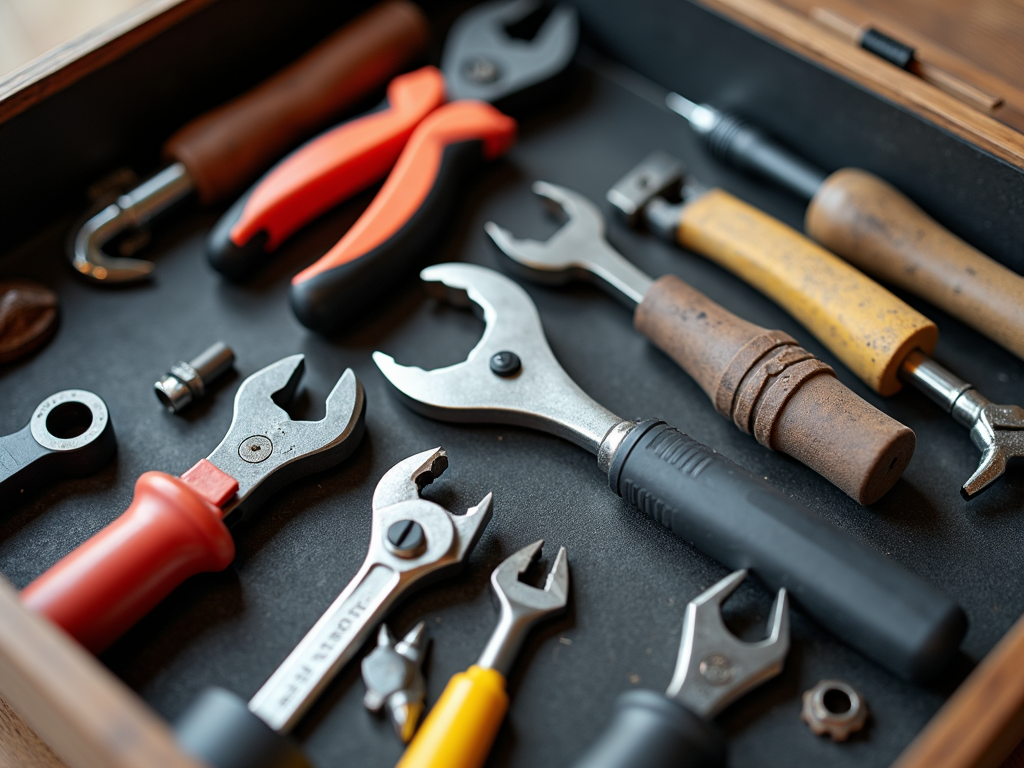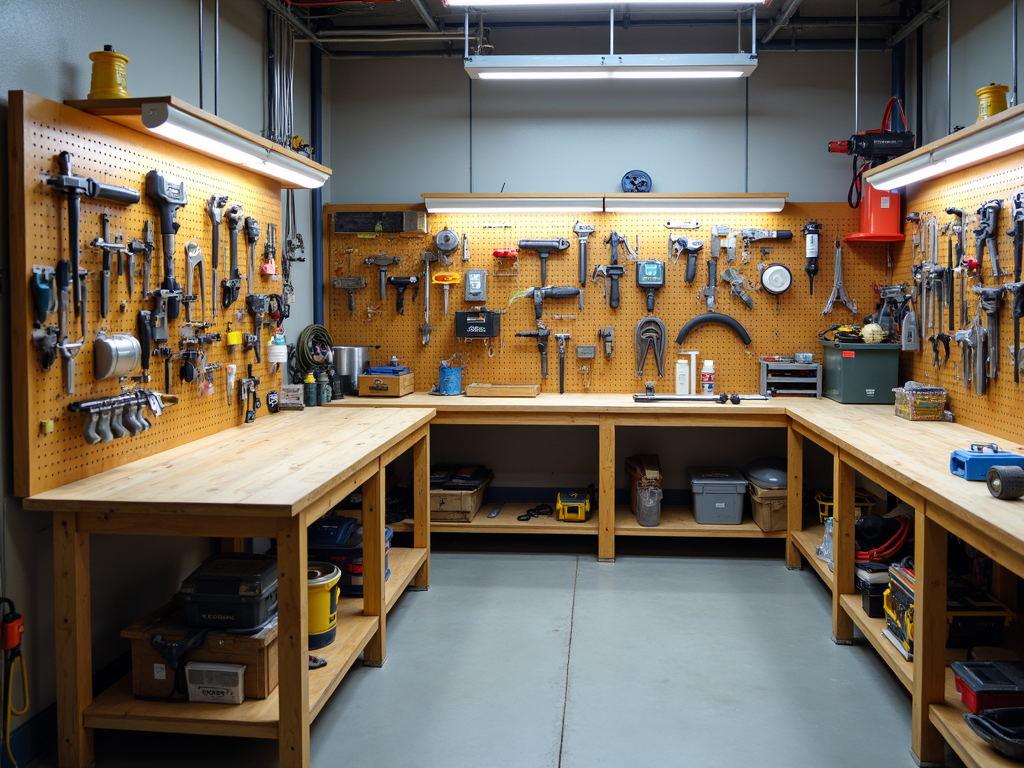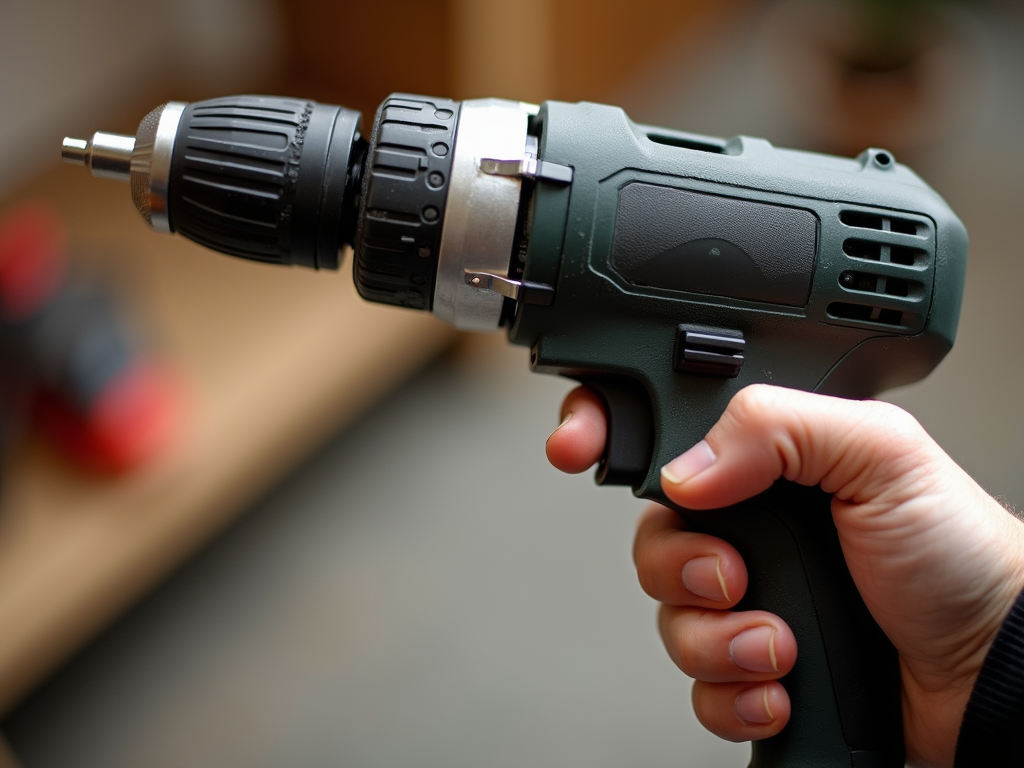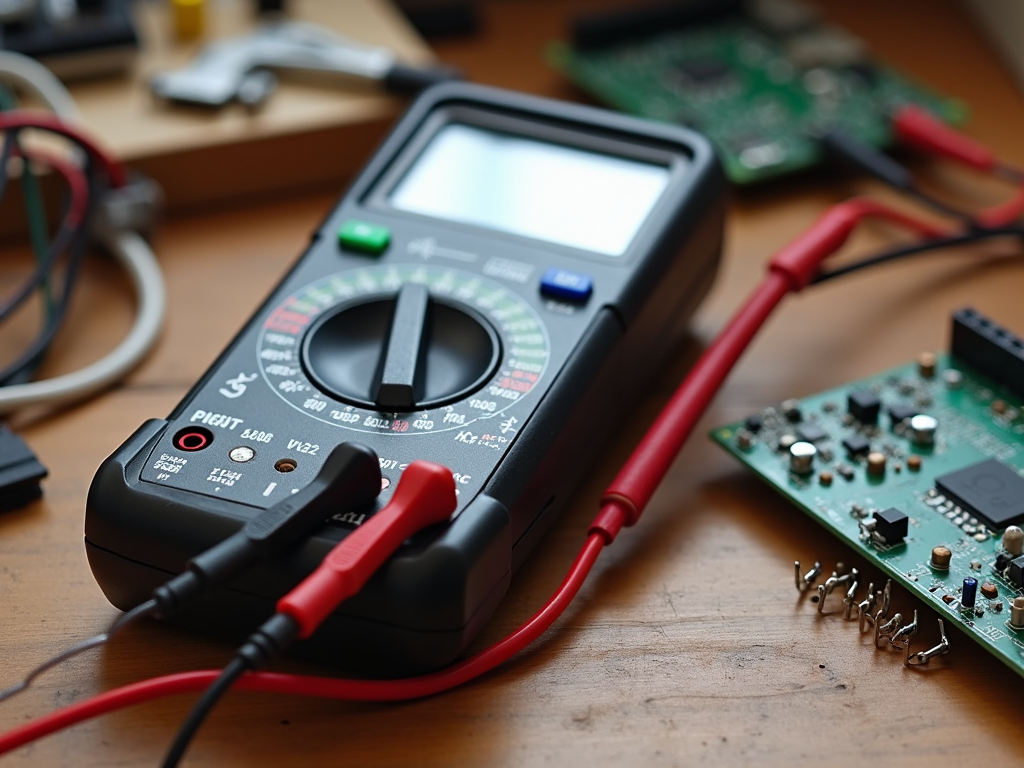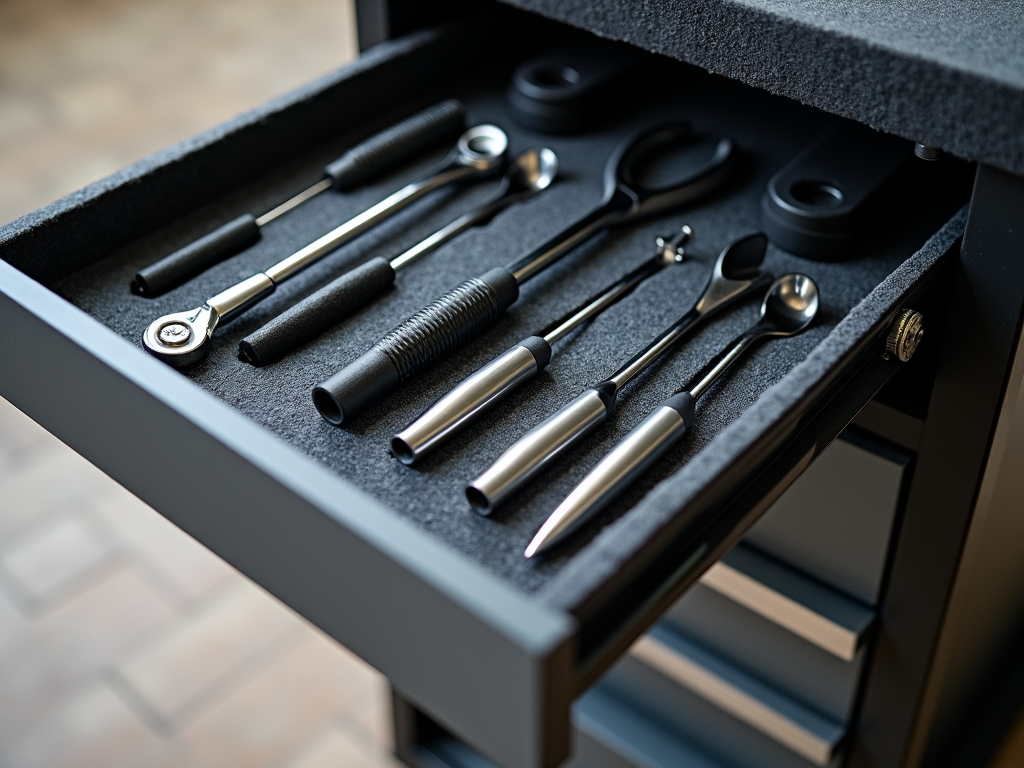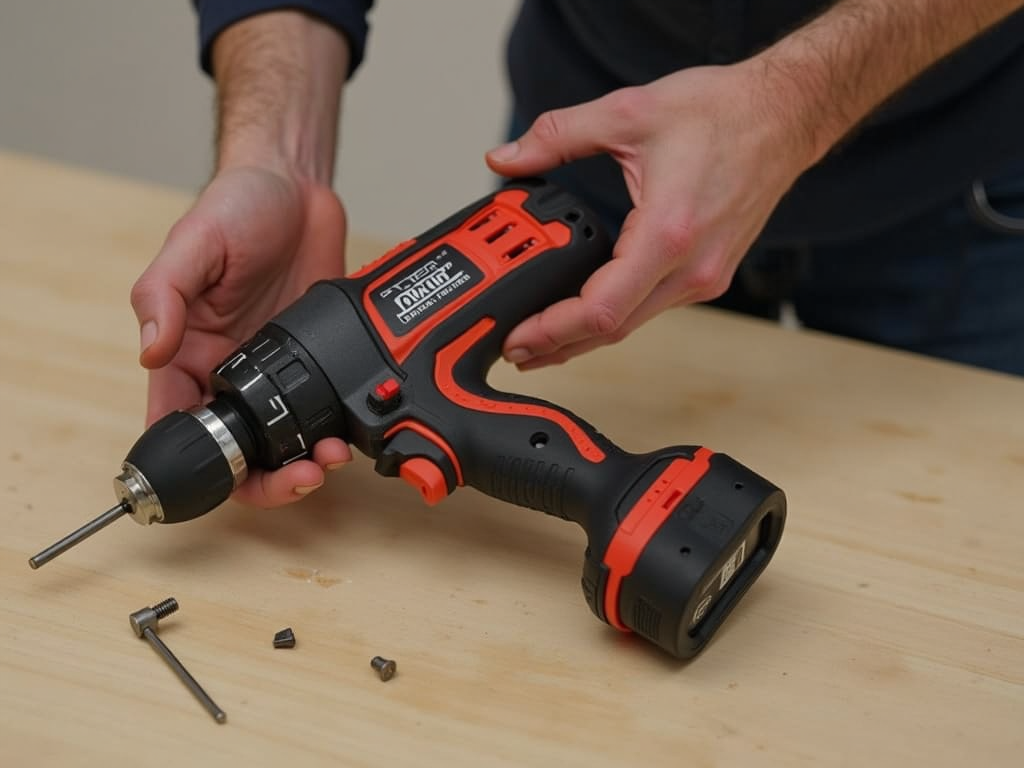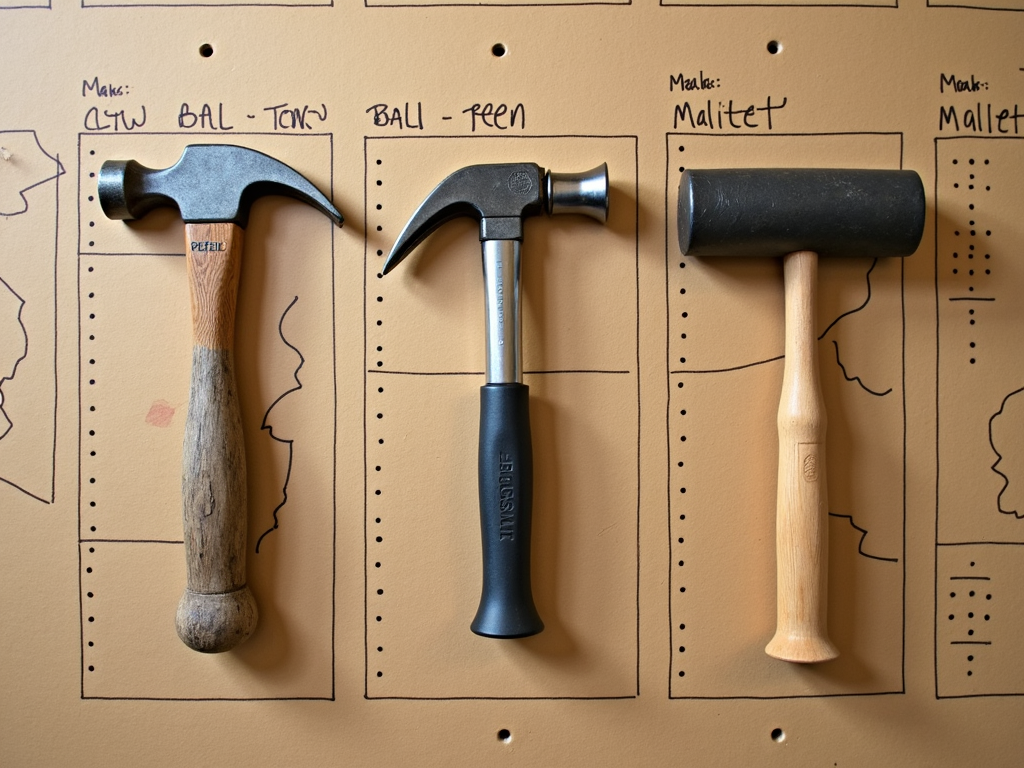Construction sites are bustling with activity, but they also pose significant risks to workers. According to the Occupational Safety and Health Administration (OSHA), the construction industry accounted for 1,008 fatal injuries in 2020, making it one of the most dangerous sectors to work in. This staggering statistic underscores the critical importance of safety gear for construction workers. In this ultimate guide, we will explore the essential safety gear every construction worker should have, how to choose the right workwear for your job, and top tips for cleaning and storing your gear to ensure it remains effective.

Types of Safety Gear
Hard Hats: The First Line of Defense
Hard hats are perhaps the most iconic piece of safety gear in construction. They protect workers from falling objects, electrical hazards, and bumps to the head. When choosing a hard hat, ensure it meets the ANSI/ISEA Z89.1 standard, which guarantees it has been tested for impact and electrical insulation. There are different classes of hard hats: Class G for general use, Class E for electrical work, and Class C for comfort without electrical protection.
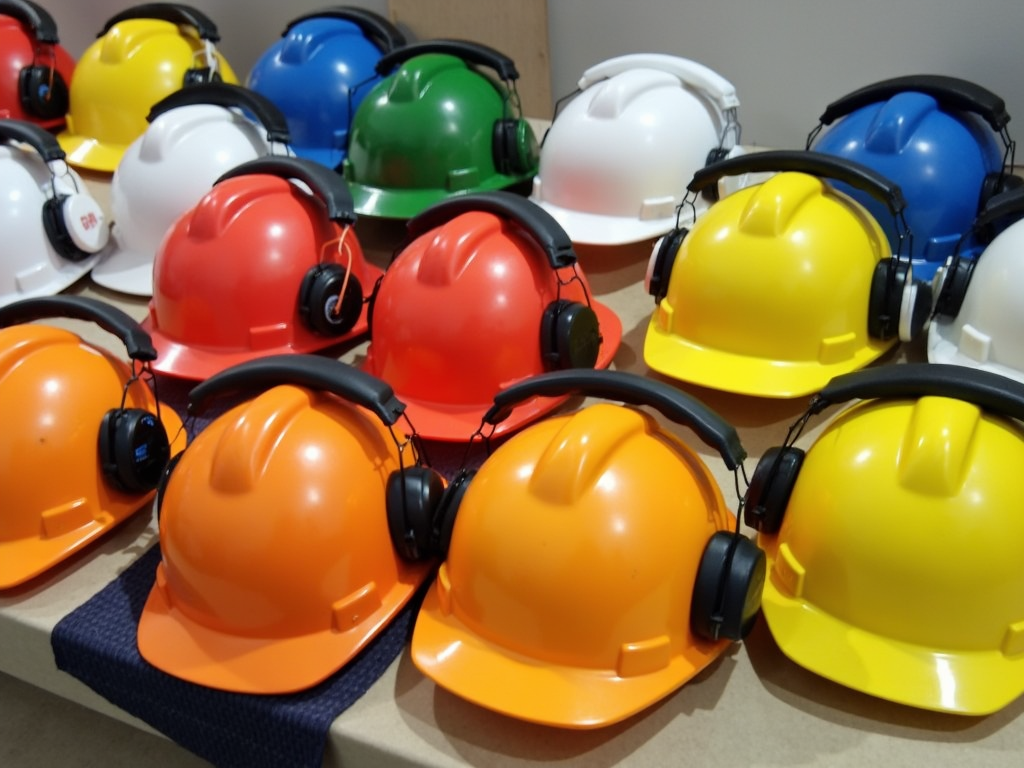
Safety Glasses: Protecting Your Vision
Eye injuries are common in construction due to flying debris, chemicals, and other hazards. Safety glasses should be impact-resistant and provide adequate coverage. Look for glasses that meet the ANSI Z87.1 standard. Options like anti-fog coatings or prescription safety glasses can enhance comfort and functionality.
Gloves: Safeguarding Your Hands
Hands are vulnerable to cuts, abrasions, punctures, and chemical exposure. The right gloves depend on the task: leather gloves for general work, cut-resistant gloves (often made from materials like Kevlar) for handling sharp materials, and chemical-resistant gloves for handling hazardous substances.
Boots: Foundation of Safety
Steel-toe boots protect feet from heavy objects, while puncture-resistant soles prevent injuries from nails and other sharp objects. Boots should also provide good traction to prevent slips and falls. Look for boots that meet ASTM standards for impact and compression resistance.
High-Visibility Clothing: Be Seen, Stay Safe
On busy construction sites, being visible is crucial. High-visibility vests or jackets with reflective strips ensure that workers can be seen by equipment operators and other workers, reducing the risk of accidents. These should meet ANSI/ISEA 107 standards for visibility.
Choosing the Right Workwear for Your Job
Selecting the appropriate workwear involves considering the specific hazards of your job. For example, if you're working with electricity, you'll need gear that provides electrical insulation. If you're working in hot weather, look for breathable fabrics that wick away sweat. Comfort is also key; ill-fitting gear can be distracting and may even pose a safety risk. Always try on gear before purchasing to ensure a proper fit. For more information on selecting safety gear, refer to this guide from NIOSH.
Tool Belts with Customizable Pockets: Efficiency and Safety
A well-organized tool belt can significantly enhance a worker's efficiency and safety. Customizable pockets allow workers to arrange their tools in a way that suits their workflow, reducing the time spent searching for tools and minimizing the risk of dropping them. When choosing a tool belt, look for one with adjustable pockets and a comfortable, supportive belt to prevent strain.
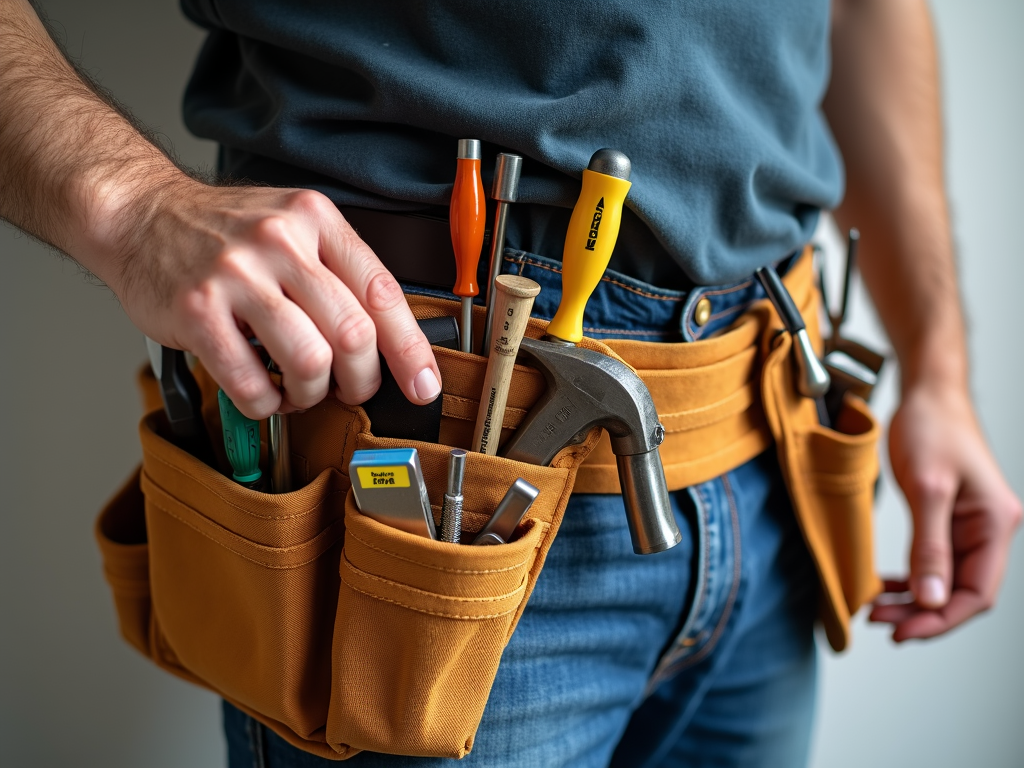
Top Tips for Cleaning and Storing Workwear
Proper maintenance of safety gear is essential for its longevity and effectiveness. Always follow the manufacturer's instructions for cleaning. For example, hard hats should be cleaned with mild soap and water, while safety glasses can be wiped with a lens cleaner. Inspect gear regularly for signs of wear and tear, and replace it if necessary. Store gear in a cool, dry place away from direct sunlight to prevent degradation.
Understanding PPE Standards and Regulations
In the United States, the Occupational Safety and Health Administration (OSHA) sets the standards for personal protective equipment in the workplace. For construction workers, OSHA requires employers to provide appropriate PPE and ensure that workers are trained in its use. Familiarizing yourself with these regulations can help you understand your rights and responsibilities regarding safety gear. For more detailed information, visit OSHA's PPE page.
Ensuring Proper Fit and Adjustment
Even the best safety gear is ineffective if it doesn't fit properly. For example, a hard hat that is too loose can fall off, while one that is too tight can cause discomfort and distraction. Similarly, safety glasses should fit snugly without pinching, and gloves should allow for dexterity while providing protection. Take the time to adjust your gear correctly, and don't hesitate to ask for help if you're unsure.
In conclusion, safety gear is not just a requirement but a lifesaver for construction workers. By understanding the different types of gear, choosing the right workwear for your job, and maintaining your gear properly, you can significantly reduce the risk of injury on the job site. Remember, safety is everyone's responsibility, and investing in quality safety gear is an investment in your well-being. Studies, such as this one published in the International Journal of Occupational Safety and Ergonomics, have shown that proper use of safety gear significantly reduces injury rates.
Related The Ultimate Guide to Safety Gear for Construction Workers:
- Mastering the Drill Press: Techniques for Better Precision
- How to Prep Your Room for a Perfect Paint Job
- Essential Construction Tools for Masonry Work: A Comprehensive Guide
- How to Choose the Right Power Drill for Your Projects
- Tool Care Basics: Essential Tips to Keep Your Gear Like New
- Top 10 Must-Have Tools for Every Workshop
- A Beginner's Guide to Workman Tools: Essentials, Toolboxes, and Safety Tips
- Essential Safety Checks for Power Tools
- How to Use a Multimeter for Beginners: A Step-by-Step Guide
- The Ultimate Guide to Mobile Storage Carts for Tools
- Ergonomic Power Drills for Reduced Fatigue: A Comprehensive Guide
- How to Set Up Your Workshop: A Comprehensive Guide
